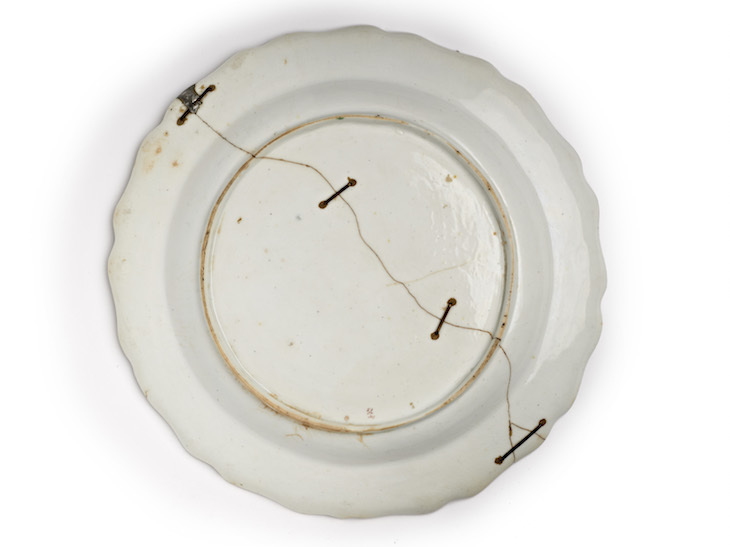
Recycling may seem like a new-fangled concept, but Londoners have been doing it for hundreds of years. Romans used adhesive made from tree bark to mend broken pots, while their 18th century descendents made shoes from materials that were over 100 years old.
A new display at the Museum of London goes into detail about past Londoners and their methods of recycling. Find out why dustmen in 18th and 19th century London were well-off, and see ingenious repair methods, such as broken 18th century porcelain plates which were fixed with iron staples.

The 'make do and mend' attitude has been around for hundreds of years, with Londoners breaking down items into their constituent parts to give them a second life. Unwanted clothes were sold on for their buttons and expensive trimmings, and the rags were used to make paper. Various archaeological finds show the different methods used to repair plates and glasses throughout time — provided you're not too fussy about the appearance of your tableware.

It may surprise visitors to find out that Henry VIII was a catalyst for recycling on a larger scale; after the dissolution of the monasteries, decorative stoneware from Merton Priory was broken up and tossed into the foundations for Nonsuch Palace, and monastery bells were melted down and made into cannons.
Curator Hazel Forsyth says:
Recycling has been happening for centuries in all sorts of innovative and imaginative ways. It was only relatively recently that we developed a throwaway attitude to objects and stopped repairing and restyling them to be ready for a second life.
Junk is on at Museum of London until 1 October 2017. Admission is free.




